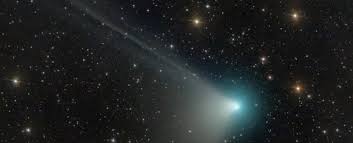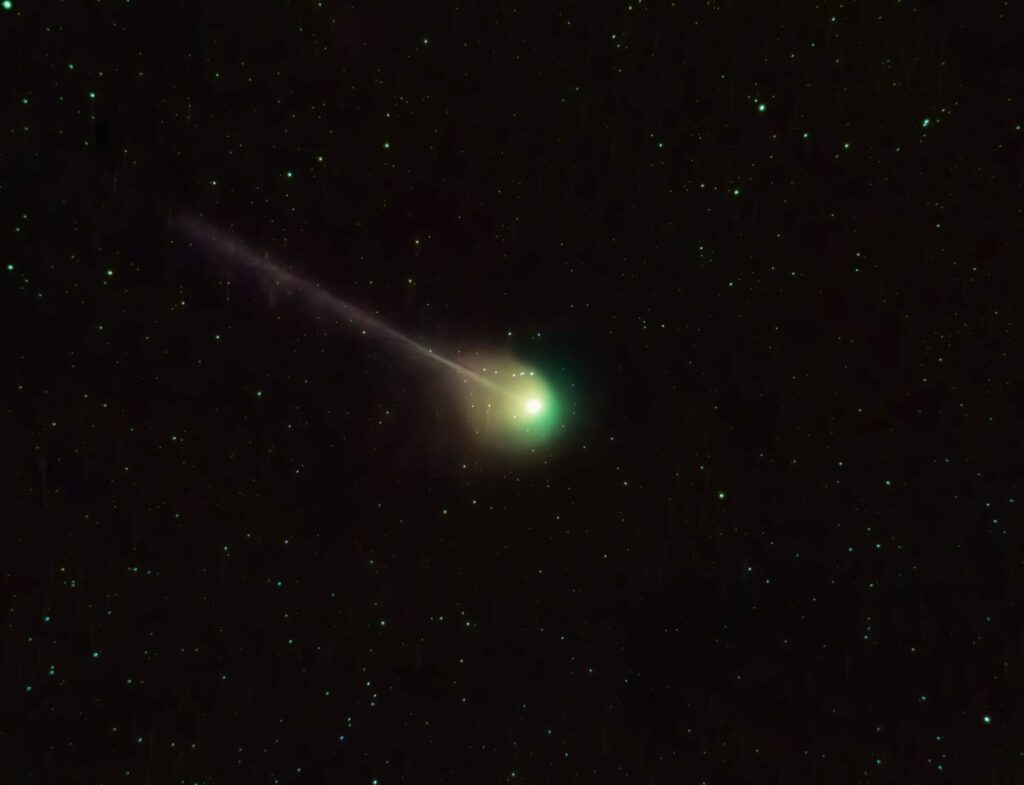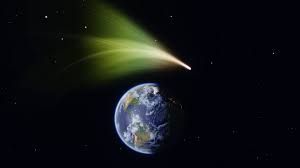
By: Ian Cross , Katie McGraw
Posted at 1:03 PM, Jan 31, 2023
and last updated 9:42 AM, Feb 01, 2023
Iron Mike And His Crew Witnessed The Amazing 50,000 Year Event
After trying for weeks to capture a clear image of a newly-discovered and incredibly rare comet flying near Earth this month, a teenage amateur astrophotographer in Canton managed to snap a brilliant image of it on Saturday night.
Asher Albrecht, 16, took advantage of an unexpected opportunity to photograph Comet C/2022 E3 (ZTF) at about 10:30 p.m. Saturday, and took this brilliant photo below:

Image of the rare and newly-discovered comet C/2022 E3 (ZTF), captured by an teenage amateur astrophotographer in Canton last Saturday night.
Click Here For Full Article And Video From Chanel 5 In Iron Mikes Hometown Of Cleveland
Me and my crew saw it. It was super a cold night right on Lake Erie but we had to go out to see the 50,000 year event. Just as we were locating the comet a thin cloud layer came in and did not give us great visibility. We narrowed it down to two with our stargazer app., so we for sure saw the event.
What’s The Big Deal About c/2002 E3 (ztf) ?
C/2022 E3 (also known as Comet Schwassmann-Wachmann 3) is a periodic comet first observed in 1922. The comet is significant because it was the first comet to be discovered to be composed of multiple fragments.

This discovery was made by astronomers Arnold Schwassmann and Arno Arthur Wachmann in 1930. The comet has made several observed returns since its discovery, with a period of approximately 5.4 years. It is estimated that the comet is composed of at least 30 distinct fragments, with the largest being a few hundred meters in size.
C/2022 E3 is an important comet for researchers interested in the behavior of comets and the formation of the solar system. The comet’s fragmentary nature and the presence of different types of ices indicate that it may have formed from the breakup of a larger body. This could provide insight into the properties of comets and the formation of our solar system.


